We know that everyone is in search of the perfect sleeping experience. With so many options on the Australian market, it can be overwhelming trying to uncover the sheets that will elevate your snooze.
One tool that has helped Australians navigate sheet options is through thread count - 200, 400, 600, all the way up to the 1000s are the numbers you will often see alongside sheets. But what do these numbers actually mean? And how can it help you in your shopping journey?
In this blog, we will break down everything you need to know about thread count and how to choose the right count for you and your sleeping journey.
Understanding Thread Count
A sheet’s thread count is the number of threads woven into one square inch of fabric. This metric references both horizontally (weft) and vertically (warp). It is often used as a barometer of the softness and quality of bed sheets, quilt covers, and other such bedding products.
When shopping online, a higher thread count is often associated with more luxury bed linen. While many Aussies will shop with former stereotypes in mind, a high thread count is not the only factor that matters when determining what linen is right for you. Material, weave type, and general craftsmanship all play just as key a role in how bedding feels and holds up over time.
A set of sheets made from Egyptian cotton with a thread count of 400 may feel more luxurious and hold up better over time than a cheaper set with a 1000 thread count made from low-grade fibres.
Alternatively, lyocell sheets, our personal favourite, offer a unique combination of qualities that make them a top choice, especially up against traditional cotton options. Lycocell sheets are made from an eco-friendly fibre, and are known for being soft, breathable, and moisture-wicking. These sheets have a lower thread count and offer a high level of comfort and coolness for hot sleepers.
The key takeaway here: Higher doesn’t always = Better. Some manufacturers will try to deceive you by inflating their thread count through twisting fibres together. While they may feel good at first, over time, this will reduce breathability and lead to pilling (the development of small, fuzzy balls of tangled fibres on the fabric surface).
How Does Thread Count Affect Sheet Quality?
Thread count plays just one role in the quality of sheets. In theory, a higher thread count means a softer and smoother sheet, but this is only the case when high-quality fibres are used.
The quality of your sheet will depend on several factors:
-
The type of cotton used (e.g. Egyptian, Pima, or Long-Staple Cotton)
-
The weave style used (e.g. Sateen vs Percale)
-
The integrity of the fibres (Structural longevity)
A higher count is not the key indicator for sheet superiority. Very high counts can make sheets feel overly weighty, trap heat, and indicate actual lower quality due to the use of multi-ply or poor-quality fibres.
For Australian conditions, which often fluctuate throughout the year, a balanced thread count between 400 and 600 is often the perfect sweet spot for durability, comfort, and breathability.
Sometimes this thread count doesn’t necessarily align with the actual characteristics of sheets. For example, lyocell sheets typically have a much lower thread count yet feel significantly smoother and more breathable than many cotton sheets with higher counts. Lyocell is naturally moisture-wicking and more eco-friendly, making it a great option for those looking for sustainable luxury without the need for an excessively high thread count.
Choosing the Right Thread Count
The ‘right’ thread count will not be the same for everyone, and will completely depend on your personal preferences, sleeping style, and residential climate within Australia.
Below is a handy table to give you an idea of what range makes the most sense for you.
|
Thread Count |
Features/Best For |
|
200 - 400 TC |
|
|
400 - 600 TC |
|
|
600 - 1000 TC |
|
Popular Thread Counts by Sheet Type
Here is a quick guide to popular and recommended thread counts by sheet type.
-
Lyocell Sheets
-
Popular thread count: 200-400
-
Best for: Softness, breathability, moisture-wicking, and eco-friendly appeal
-
Advice: Lyocell doesn’t need a high thread count to deliver a luxurious feel. A 300-400 TC lyocell sheet can feel softer than many higher-thread-count cotton sheets.
-
Cotton Sheets
-
Type: Standard Cotton or Long-Staple Cotton are the two main options
-
Popular thread count: 200-600
-
Best for: Everyday use, Breathability, Durability
-
Options: 200-400 (Lightweight and Breathable - Summer or Warmer Climates) and 400-600 (Smoother and slightly heavier - a good all-around for year-round comfort)
-
Egyptian Cotton Sheets
-
Popular thread count: 400-800
-
Best for: Luxury Feel, Softness, Long-Term Durability
-
Options: Egyptian cotton has longer fibres, meaning you get a softer sheet without an ultra-high count, a necessity.
-
Advice: Be cautious of “falsely labelled” Egyptian cotton; always buy from trusted brands.
-
Bamboo Sheets
-
Type: Bamboo Viscose or Bamboo-Cotton Blends
-
Popular thread count: 250 - 400
-
Best for: Breathability, moisture-wicking, softness
-
Advice: Bamboo fibres are finer and don’t require high thread counts to feel luxurious; a 300 TC bamboo sheet can feel softer than a 600 TC cotton sheet.
-
Linen Sheets
-
Popular thread count: 80-200
-
Best for: Natural texture, breathability, durability
-
Advice: Linen naturally has a lower thread count due to its thicker fibres. Lower thread count doesn’t mean lower quality, as linen is valued for its relaxed and breathable texture.
-
Percale Weave Cotton Sheets
-
Popular thread count: 200-400
-
Best for: Crisp feel, cool sleeping
-
Advice: Percale weaves create a matte finish and a cool, Hotel-style crispness, ideal for hot sleepers and warm Australian nights.
-
Sateen Weave Cotton Sheets
-
Popular thread count: 300-600
-
Best for: Smooth, silky feel with a bit of shine
-
Advice: Sateen weave uses more vertical threads, resulting in a denser, more luxurious finish. Slightly warmer than percale and is better in the cooler months.
Always prioritise the quality of fibre over purely the higher thread count.
Luxury vs Everyday Sheets
It helps to be able to understand the difference between luxury and everyday sheets when shopping for new bedding in Australia. While both can offer style and comfort, they’re designed with different priorities at the core.
Luxury Sheets
-
Materials: Egyptian Cotton, Prima Cotton, Bamboo Silk, Linen, Silk Blends
-
Thread Count: 400 through to 1000+
-
Feel: Ultra-soft, smooth, often silky or crisp depending on weave
-
Weave Type: Sateen, percale, or specialty luxury weaves
-
Durability: Long-lasting, especially with long-staple fibres
-
Ideal For: Master bedrooms, guest rooms, gifting, or anyone wanting a 5-star sleep
Everyday Sheets
-
Materials: Cotton, cotton-poly blends, microfibre, bamboo-cotton
-
Thread-Count: 200 to 400
-
Feel: Light, breathable, comfortable for daily use
-
Weave Types: Percale (crisp), plain weave, soft brushed finishes
-
Durability: Varies, but in most cases is built for easy washing and frequent use
-
Ideal For: Kids’ rooms, spare beds, rental, or hot climates
Why Seena?
At Seena (formerly Tasman Eco), our fitted sheets are made from a carefully formulated blend of lyocell and spandex, designed to specifically cater to babies’ sensitive skin. Rather than focusing squarely on a high thread count, we’ve zeroed in on creating the softest, most breathable, and flexible fabric possible, so you can ensure your little one gets a great sleep every night.
Rest assured, your Seena fitted sheet will stay soft, safe and comfortable for years to come.
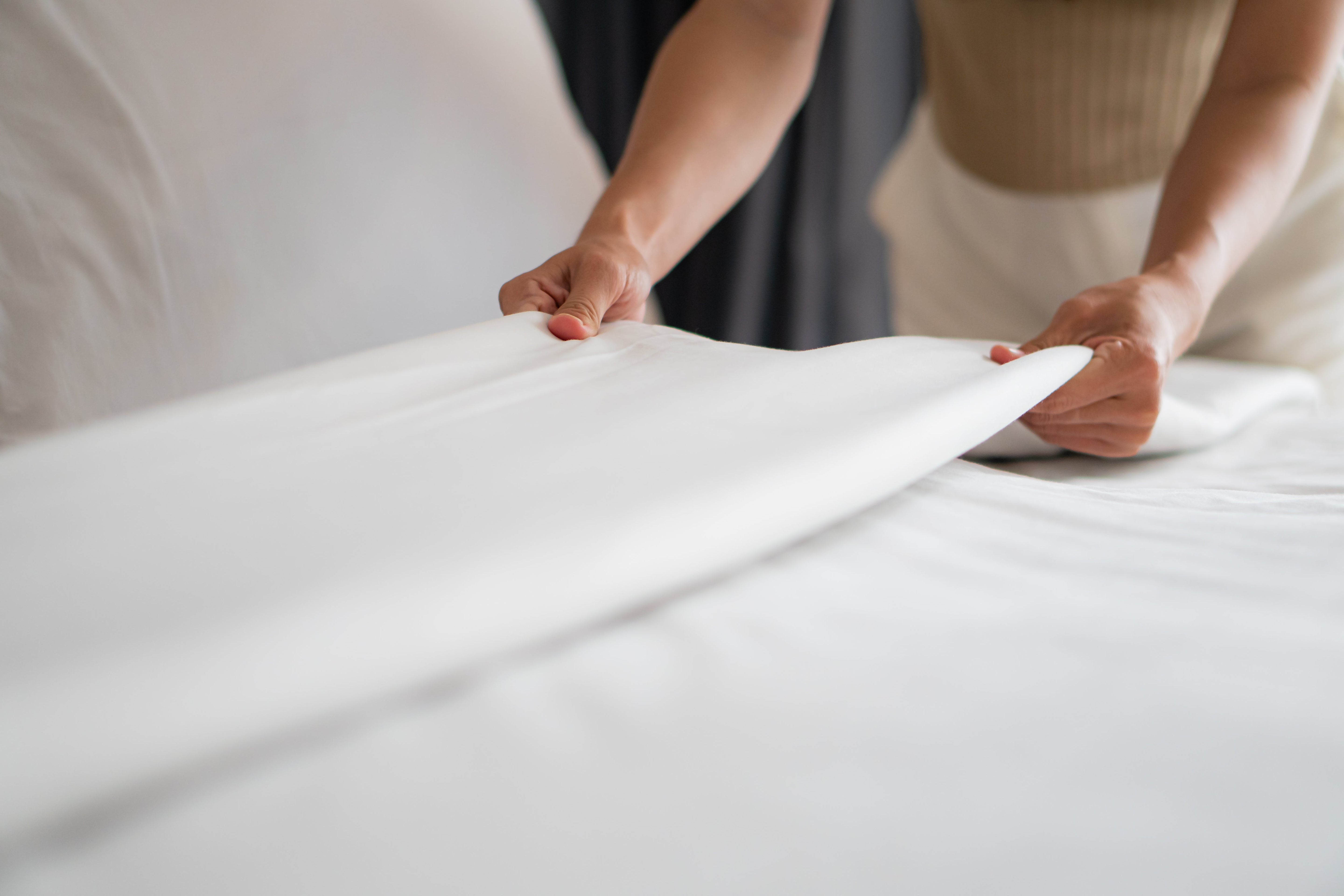

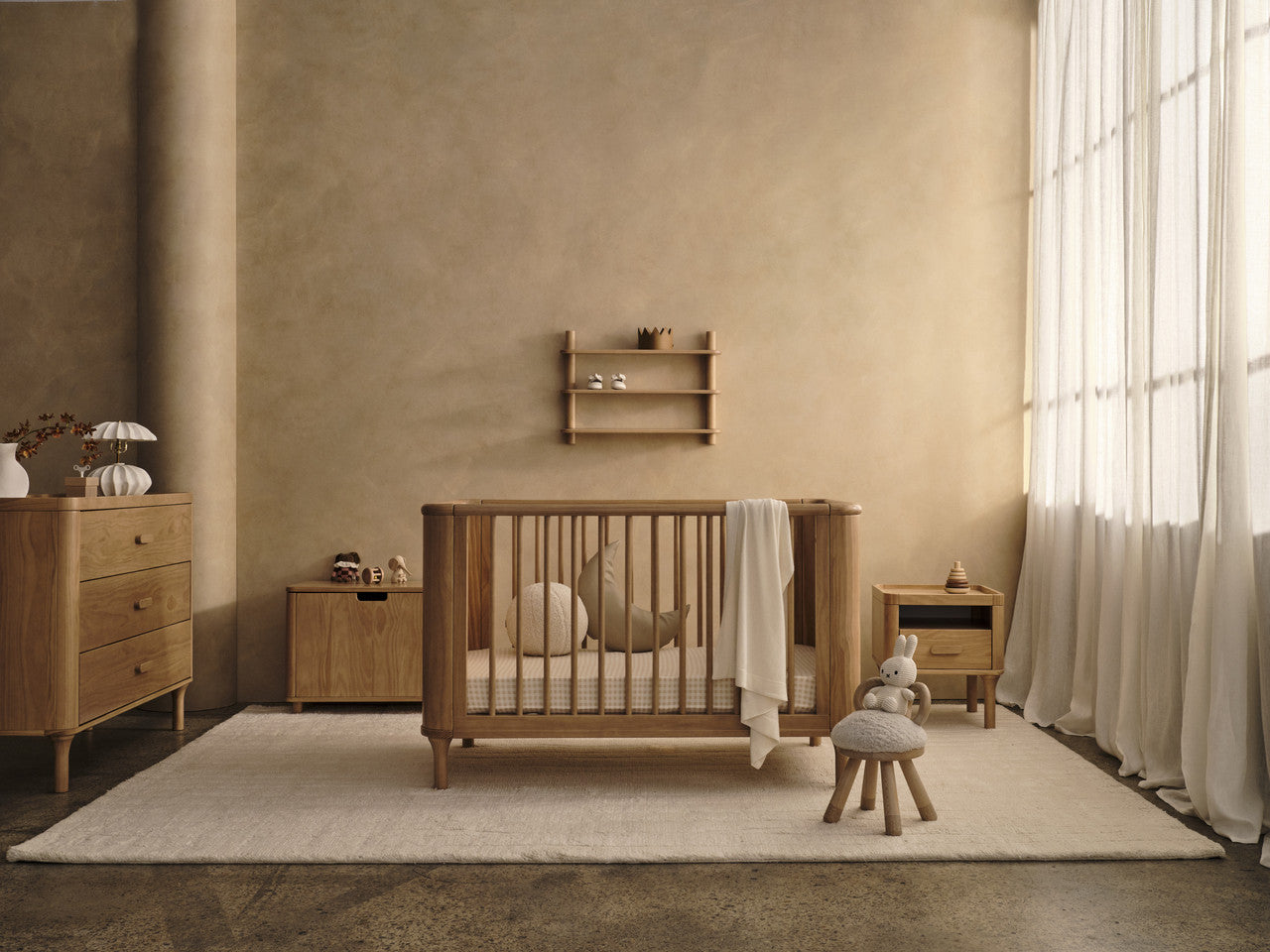
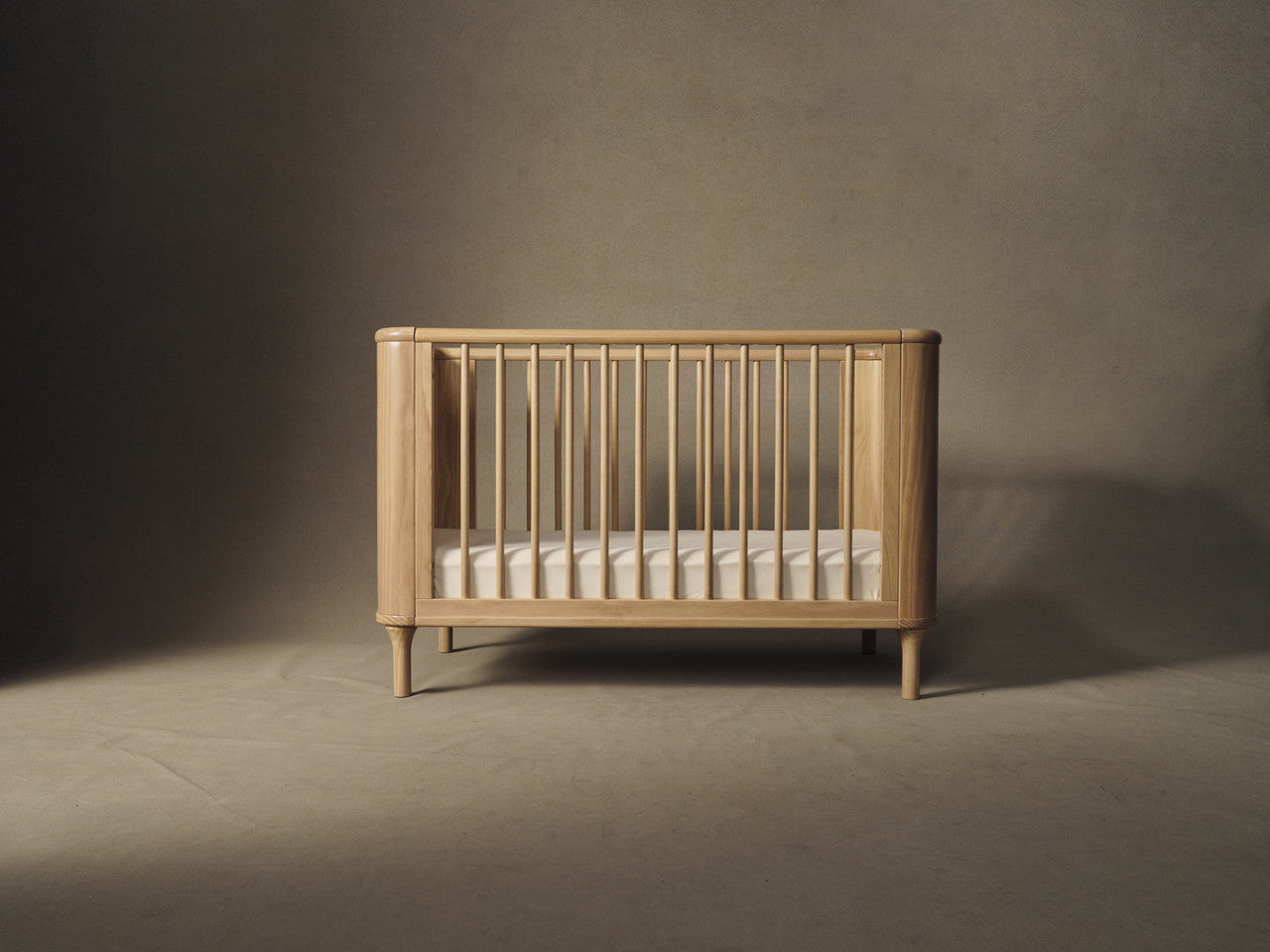
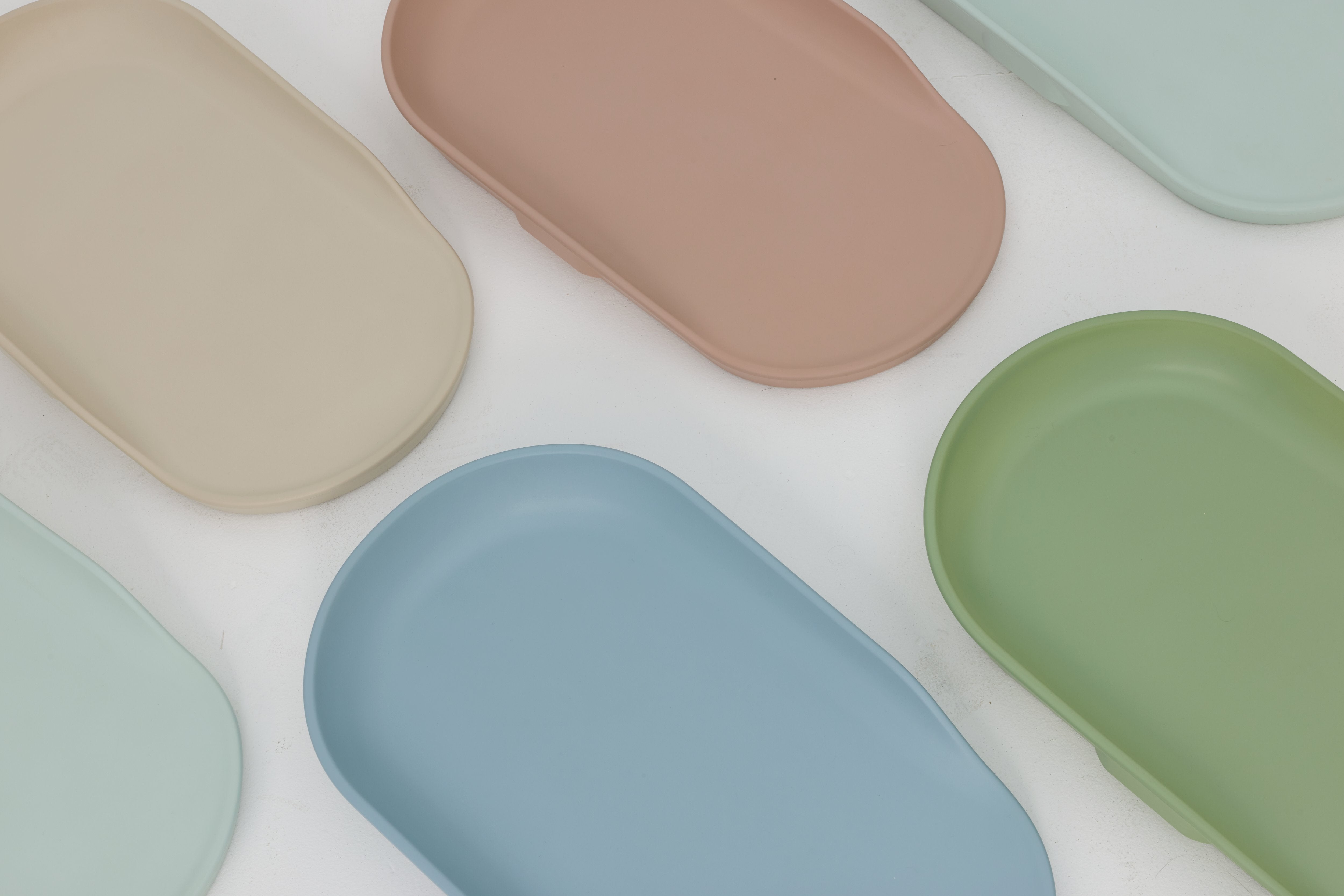
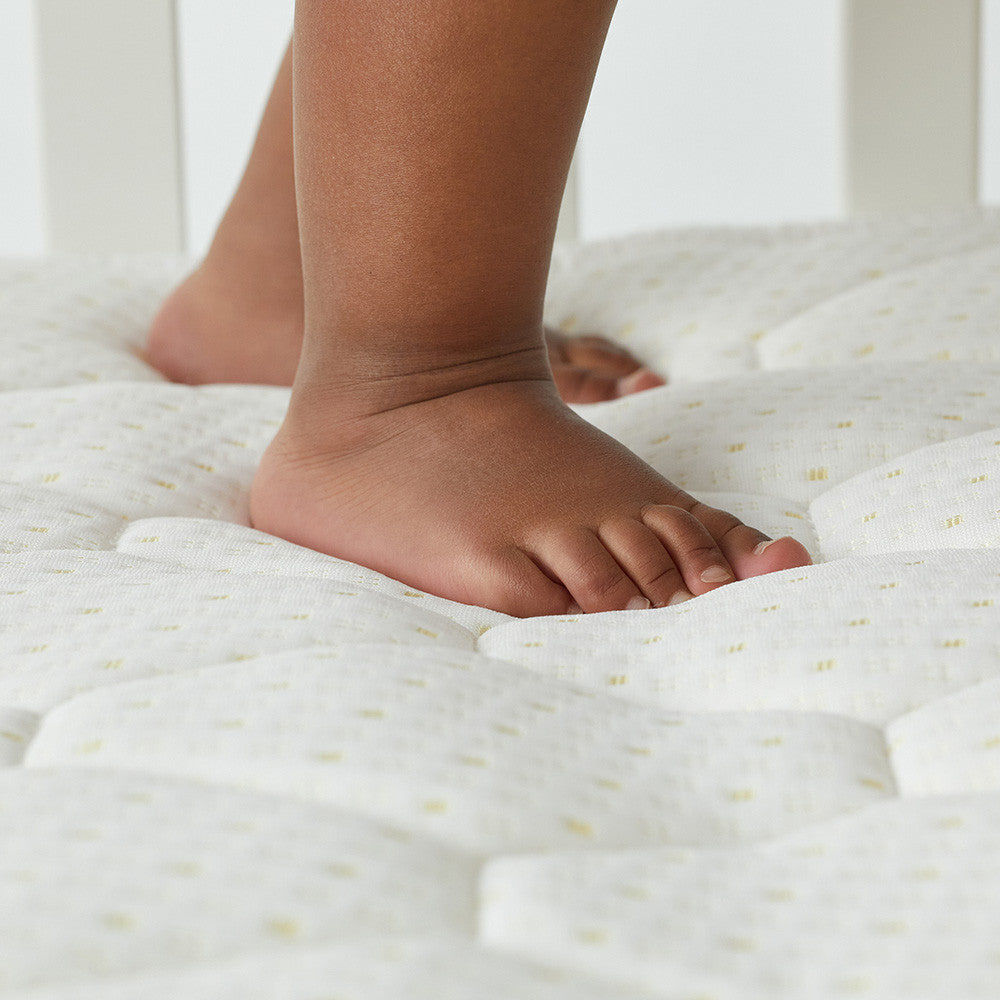
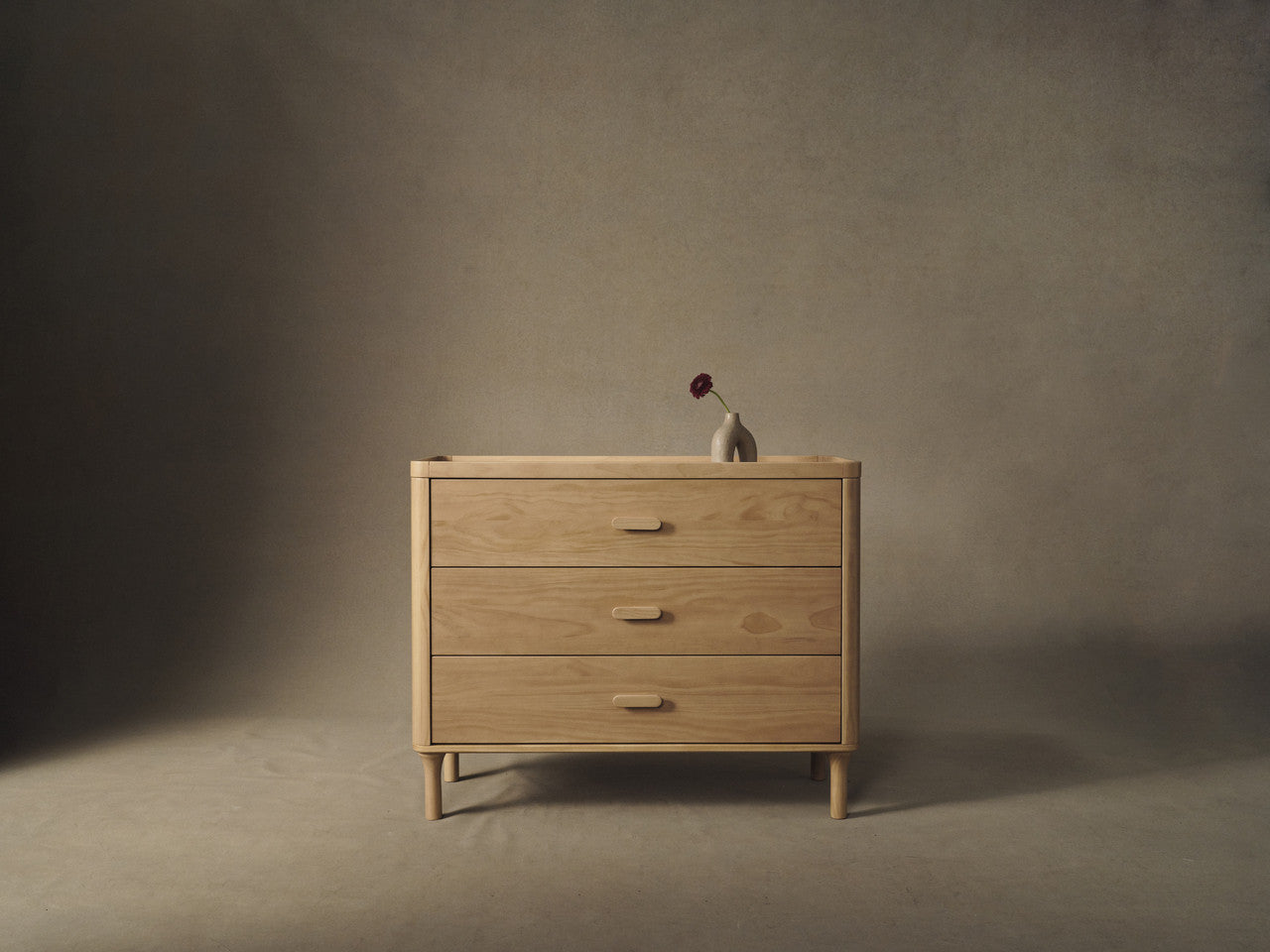
Share:
Why Does My Baby Cry in His Sleep?
How To Clean a Mattress